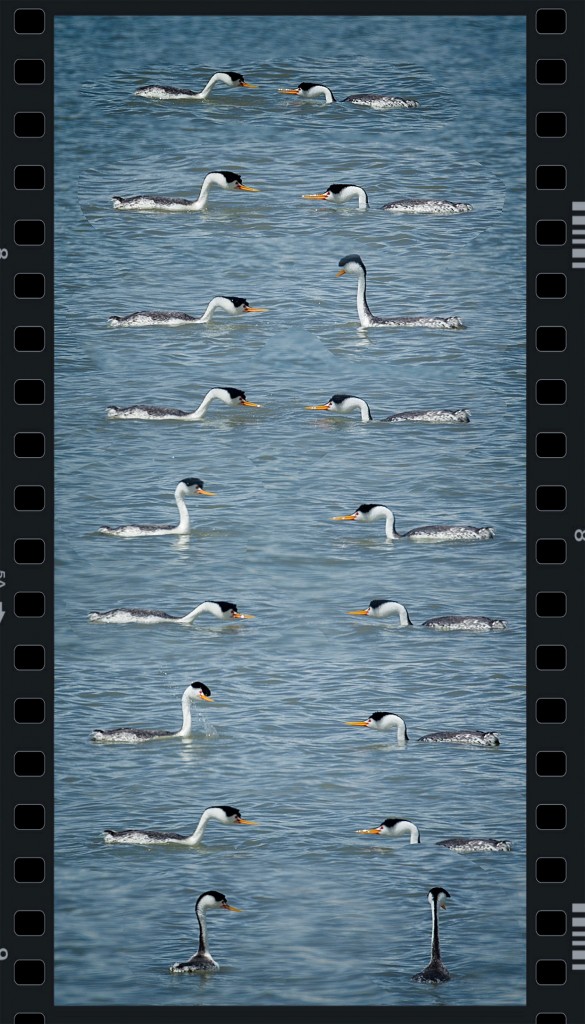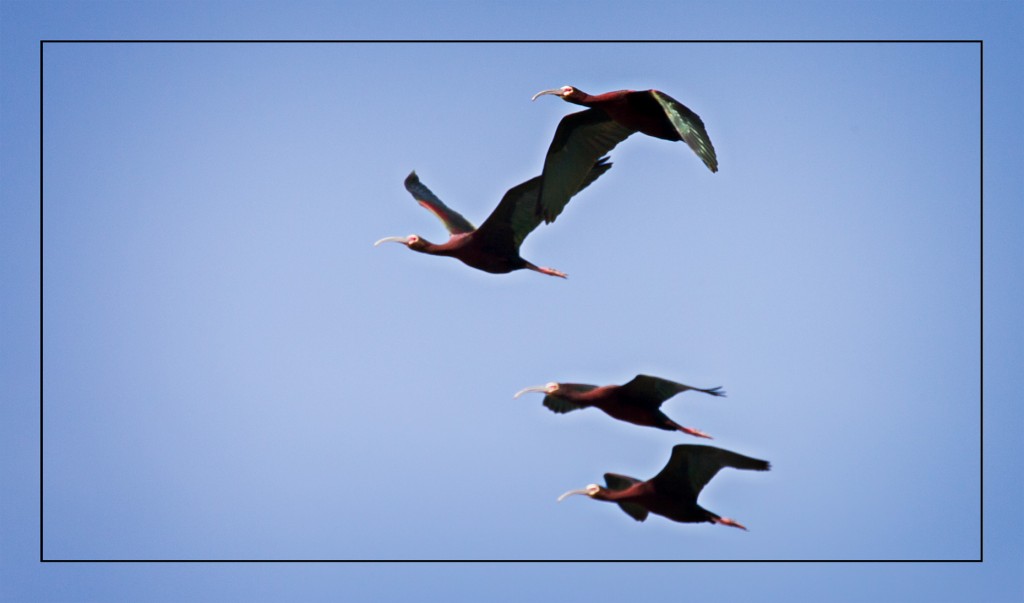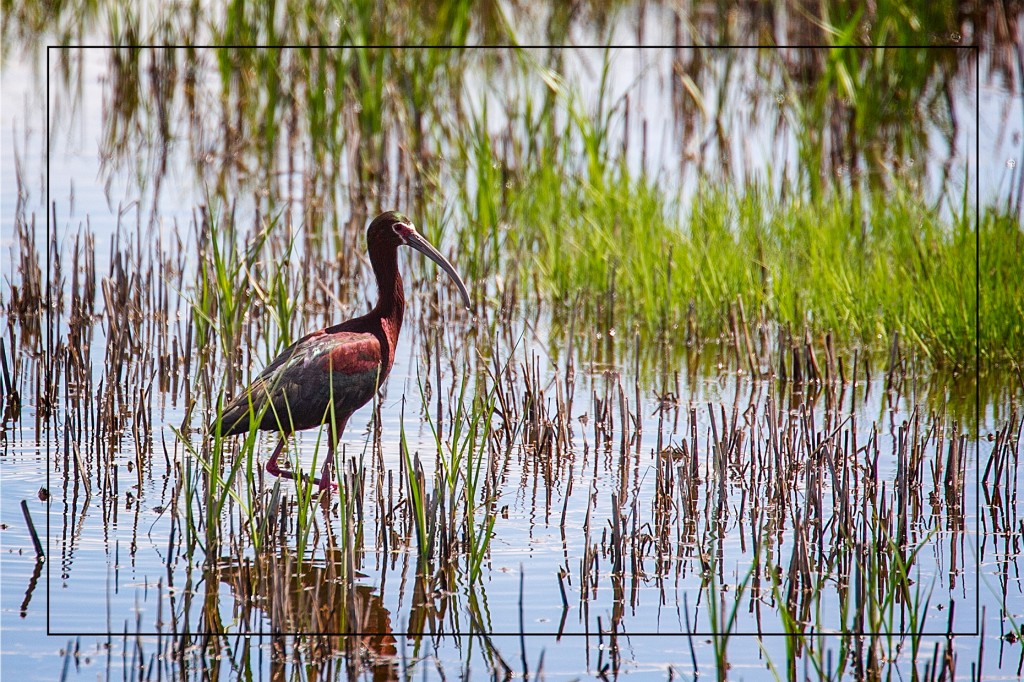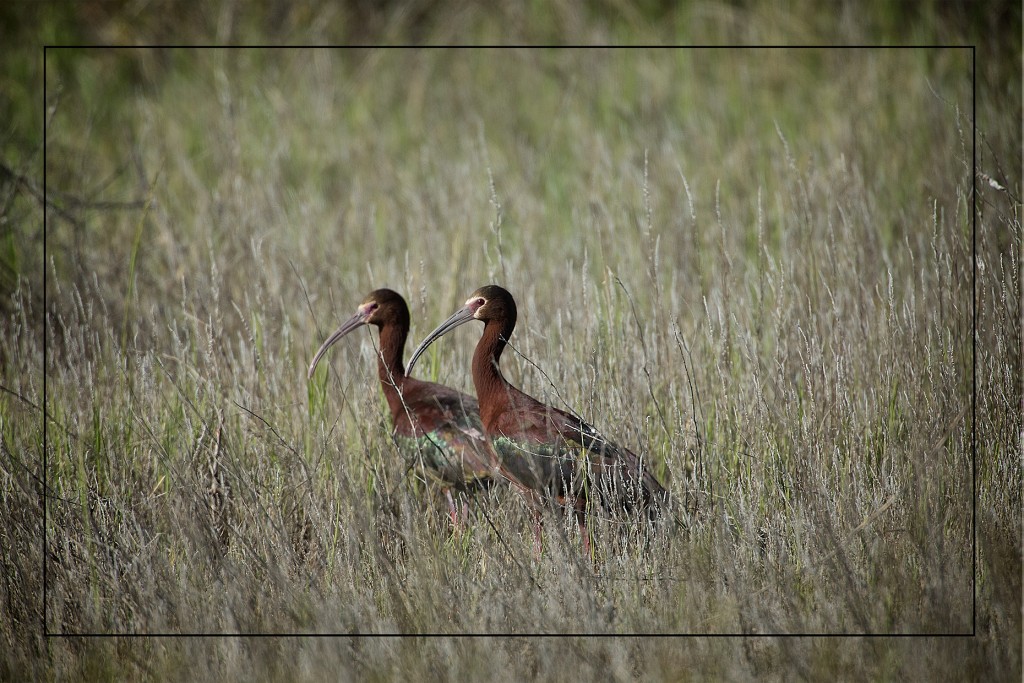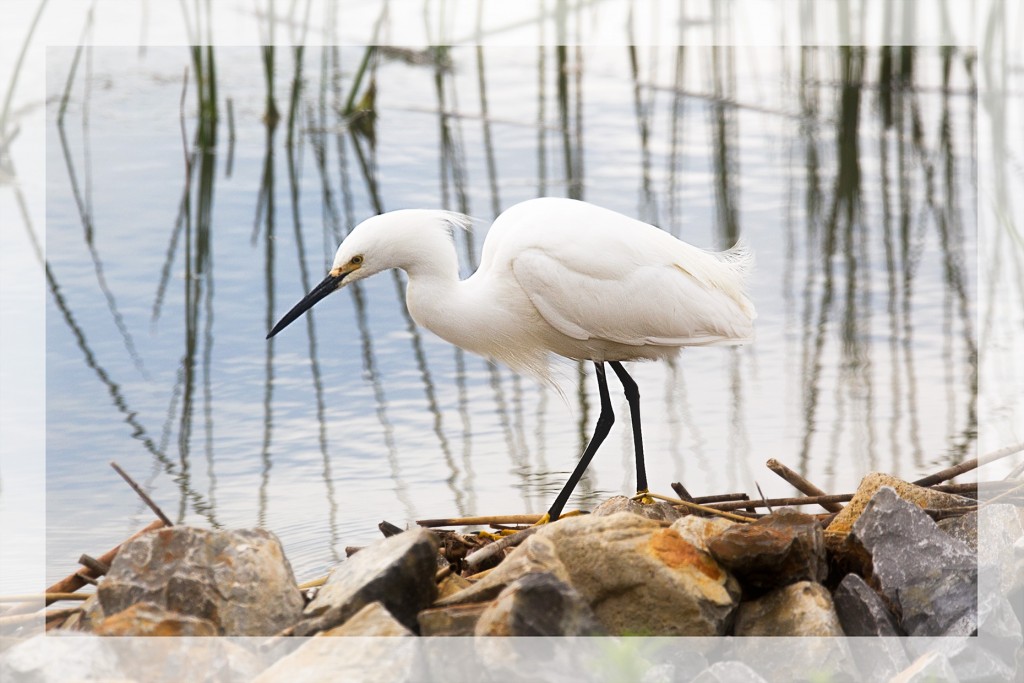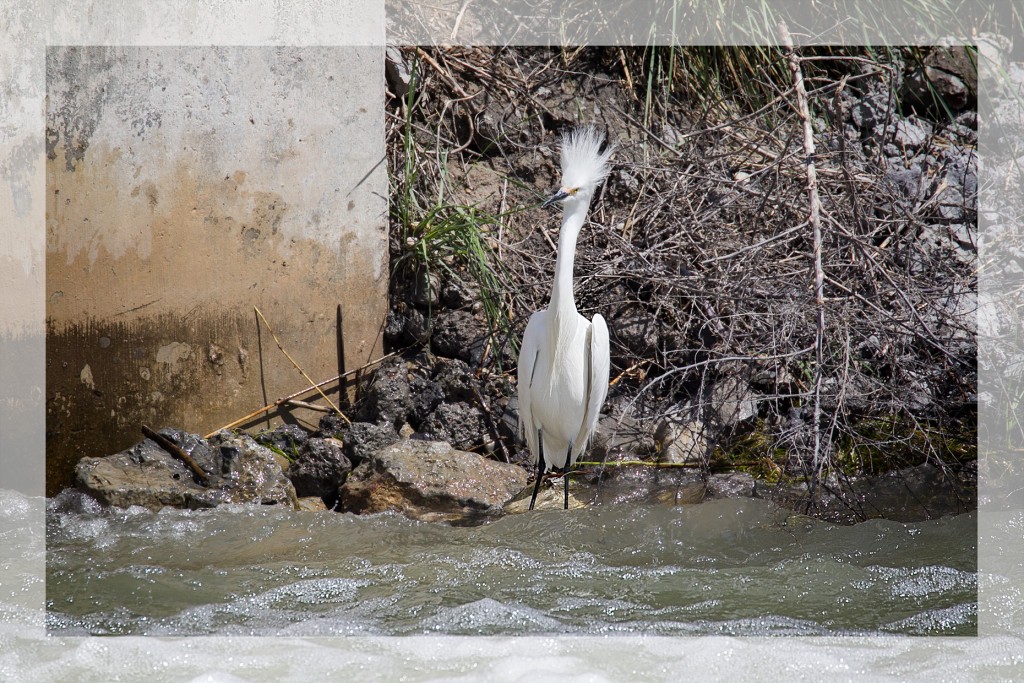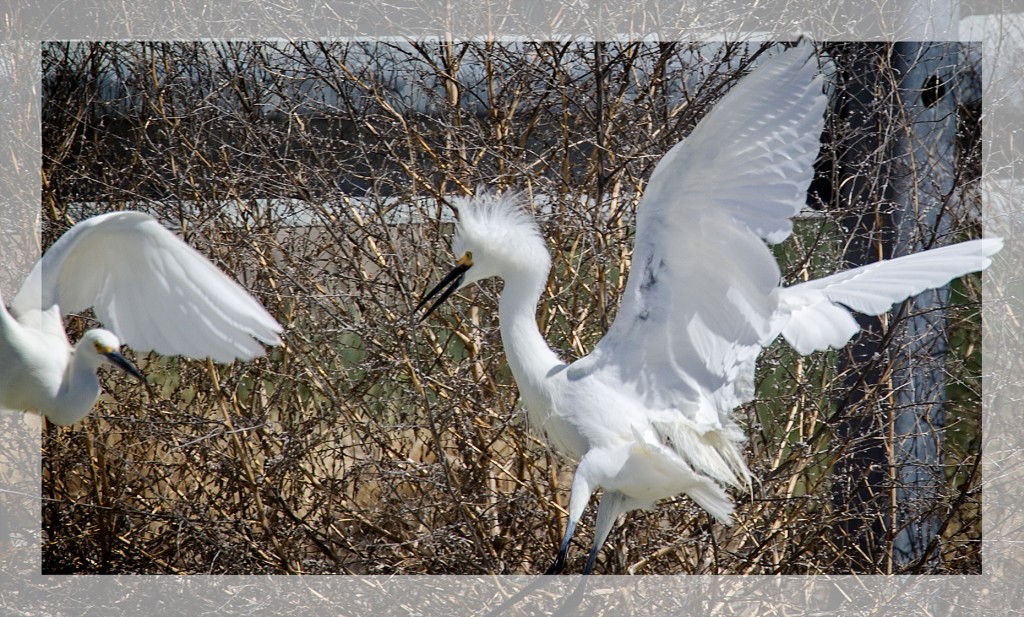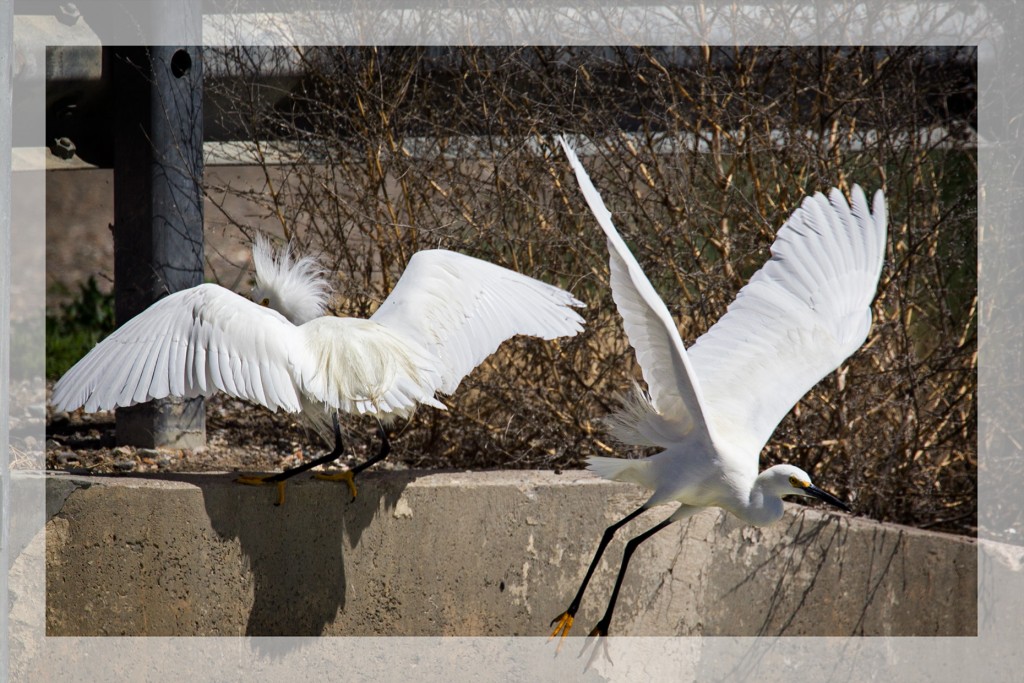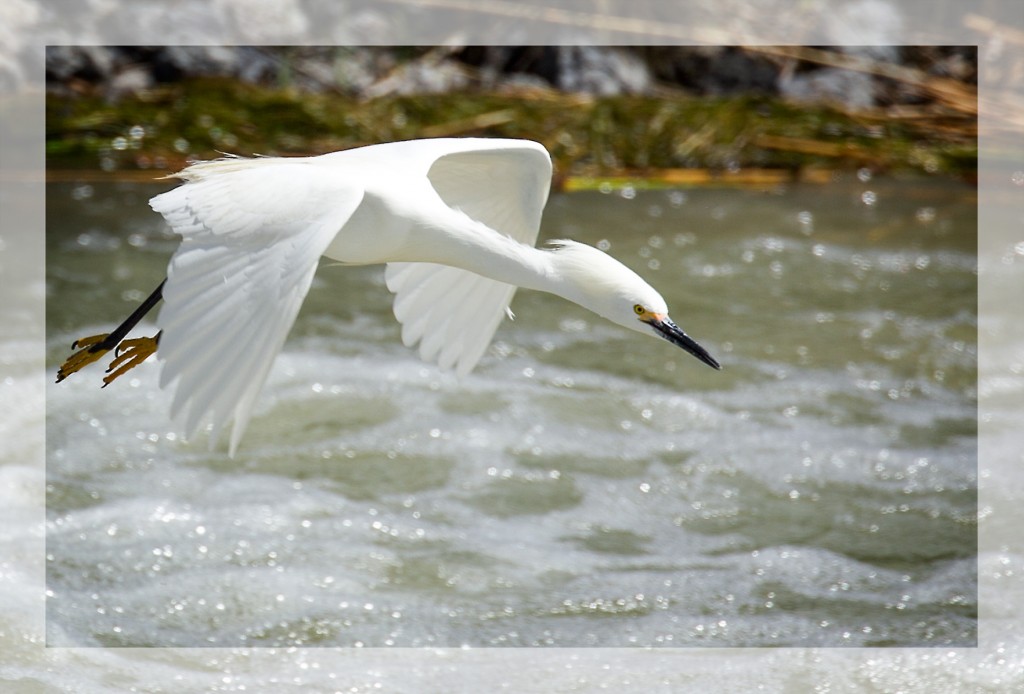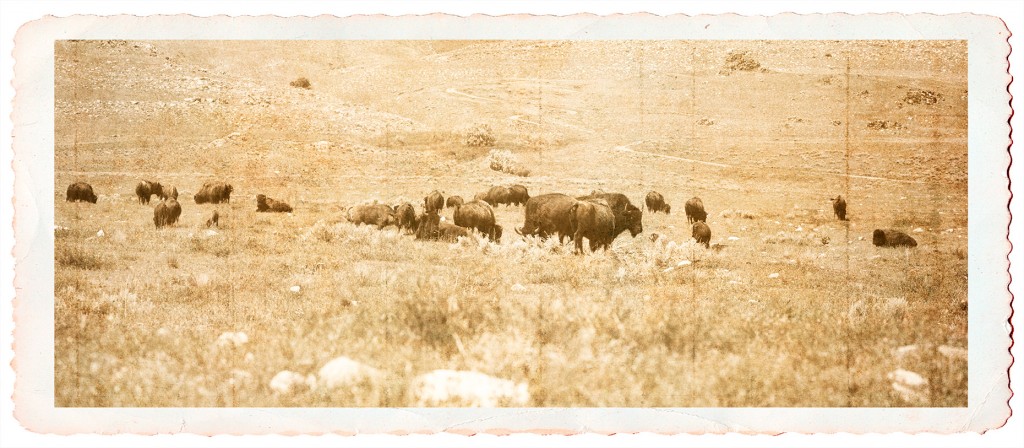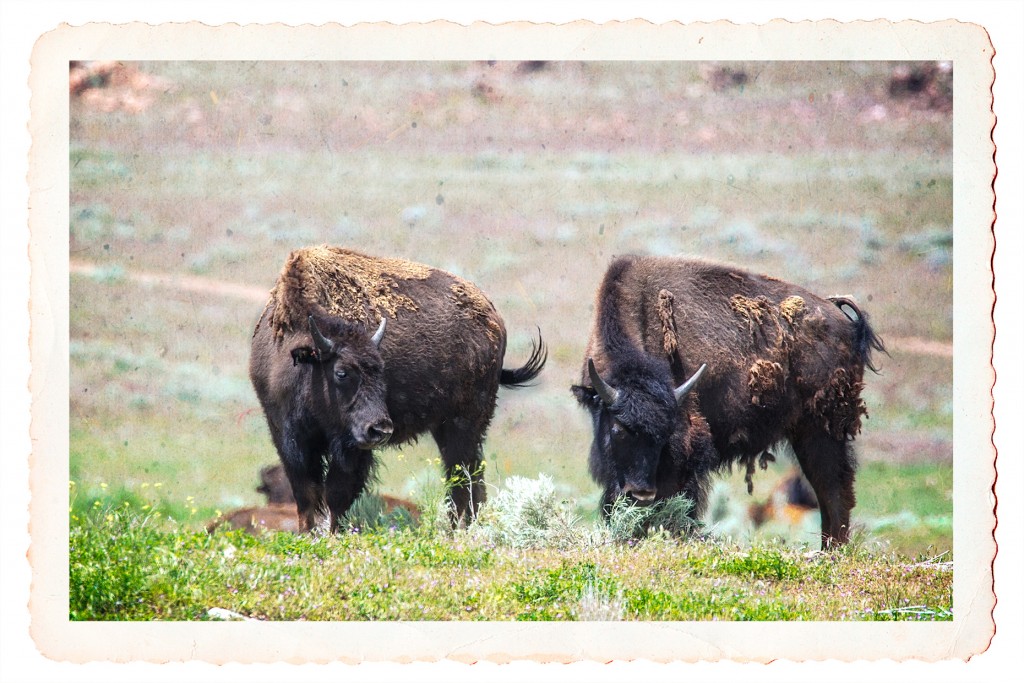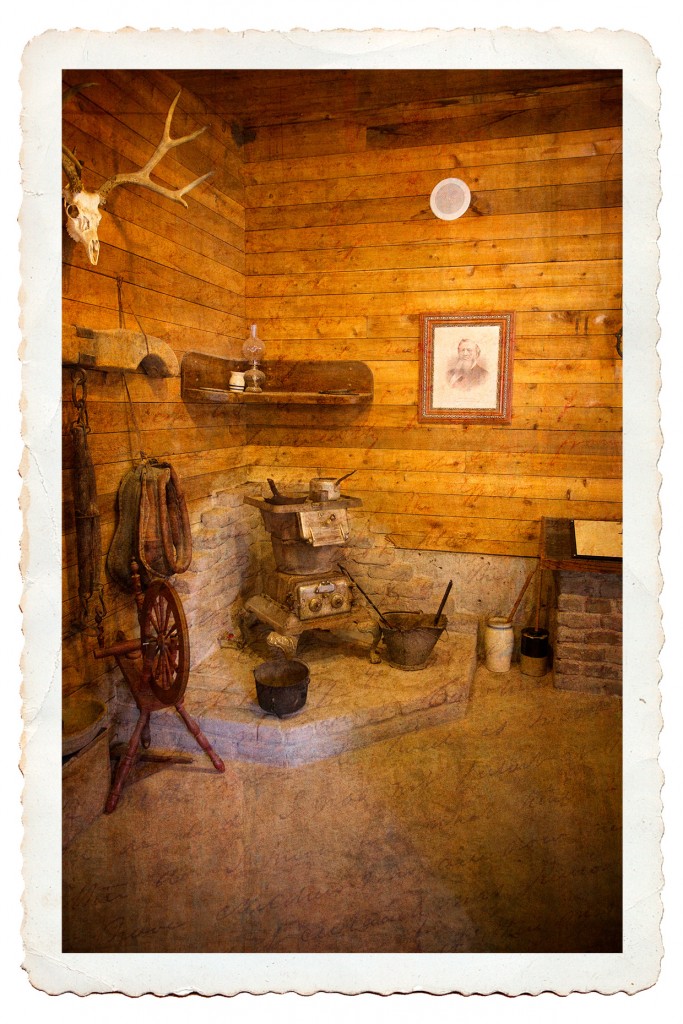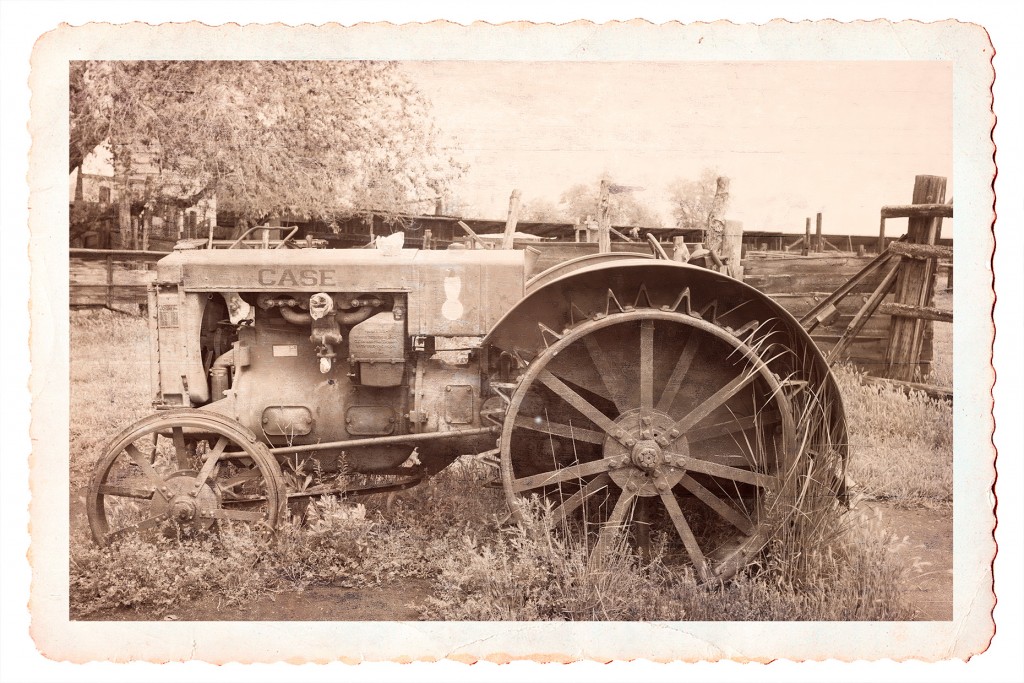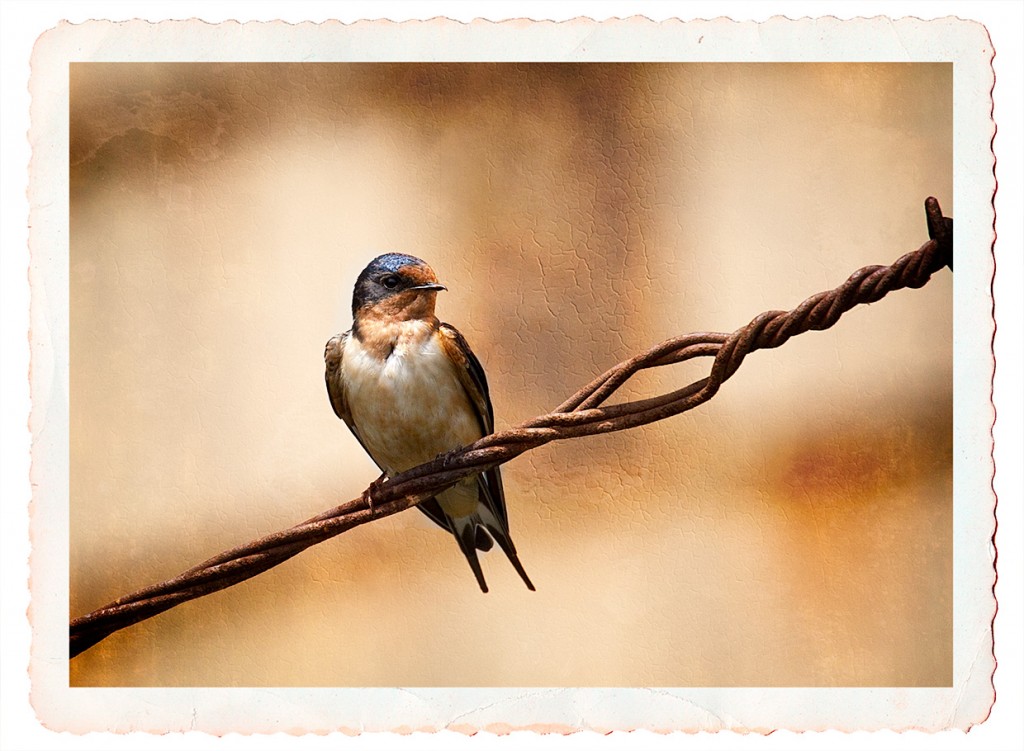The most common bird I saw at Bear River this visit had to be the Western/Clark Grebe, and luckily, they were also the most entertaining, though it’s hard to show why they were so entertaining with still shots. I really do need to sit down for a while and learn how to take movies with my Canon SLR and then buy something to edit those movies.
I don’t know enough about Grebe behavior to know what all the different grebes were doing, but it looked like they were in very different stages of courting and mating. Heck, I saw at least one pair with two large babies, another pair seriously “necking,” others running across the water as they’re supposed to do during mating (though it seemed odd that there were four of them running at the same time), and these two who look like they might have just been flirting with each other.
This strip is made up of 9 sequential pictures taken over 40 seconds or so (don’t look too closely because Photoshop wasn’t able to blend all the waves correctly). I was waiting for them to get up and run across the water and dive together after this initial flirtation, but they apparently weren’t ready for that serious of a commitment.
These certainly seem to be Clark’s Grebes, so I wonder if they perform different mating rituals than the Western Grebes I’ve seen so many films of. Watching them wasn’t quite as fantastic as watching the Sage Grouse courtship in Malheur last year, but it wasn’t far behind. I spent hours photographing the grebes, which is why it has taken me so long to trim them down to the best shots and still convey a sense of the magic that was happening in front of me.

